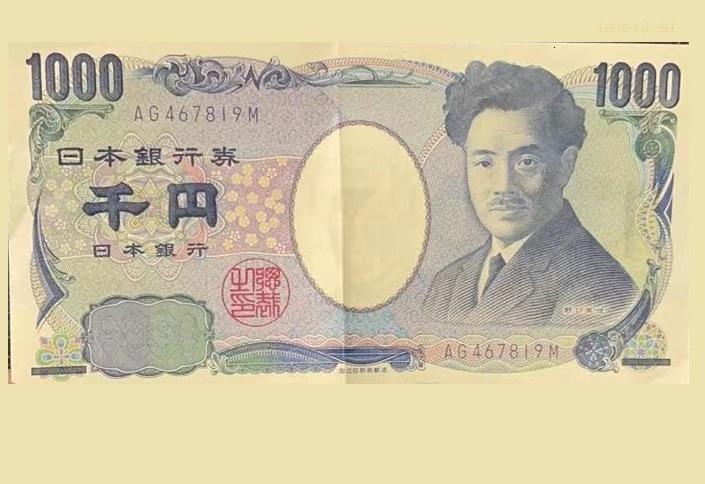Japan's new government's massive spending plan revealed! Can Sanae Takaichi revive the economy at the helm?
2025-10-24 15:32:55

The birth of the new ruling coalition and policy game
The Liberal Democratic Party and the Restoration Party join forces
In October 2025, Japanese politics was rocked by the formation of a ruling coalition between the Liberal Democratic Party and the Japan Restoration Party. Sanae Takaichi assumed the throne as the first female prime minister. As a rising political force, the Japan Restoration Party championed a "small government" and efficient administration, advocating tax cuts, improved wealth distribution, and reductions in cumbersome administrative procedures and wasteful spending. This approach contrasted sharply with Sanae Takaichi's traditionally supportive expansionary fiscal policy, foreshadowing intense policy wrangling within the new government.
In a television interview on October 16th, Fumutake Fujita, co-representative of the Restoration Party, explicitly stated that he and Sanae Takaichi reached a certain consensus on fiscal spending, believing that Japan cannot recklessly squander fiscal resources and must promote spending reforms. Nomura Research Institute economist Norihide Kiuchi analyzed that the Restoration Party's "small government" orientation may, to some extent, constrain Takaichi's policy ambitions, prompting the new government to adopt a more balanced economic strategy. This collaborative model not only complicates Takaichi's governance but also lays the groundwork for the future direction of Japan's economic policy.
Kaohsiung's massive spending plan
Despite facing constraints from the Restoration Party, Sanae Takaichi continues to demonstrate strong policy confidence. According to government sources, Takaichi is planning an unprecedented spending plan, expected to surpass the 13.9 trillion yen plan outlined by former Prime Minister Shigeru Ishiba last year. This massive plan aims to boost the economy through fiscal stimulus, continuing Takaichi's traditional expansionary policy style. However, the involvement of the Restoration Party will require greater compromise and coordination to implement. Fujita Fumitake emphasized that while expansionary fiscal policy is necessary, it must be based on prudent spending reforms to ensure fiscal sustainability.
The Legacy and New Challenges of Abenomics
The Glory and Limitations of "Abenomics"
"Abenomics," the signature policy of former Prime Minister Shinzo Abe, successfully pulled Japan out of its prolonged deflationary slump through massive fiscal spending, ultra-loose monetary policy, and structural reforms. The core of Abe's policy was to stimulate exports through yen devaluation while simultaneously boosting domestic demand through fiscal stimulus and monetary easing. However, more than a decade later, Japan's economic environment has undergone significant changes. Rising import costs and inflationary pressures brought on by the weak yen have become new challenges. Sanae Takaichi is no longer faced with deflation, but rather with how to achieve economic stability amidst the risk of inflation.
As a staunch supporter of Abenomics, Sanae Takaichi had fueled market expectations for "Abenomics 2.0" upon taking office. However, analysts point out that the current economic situation is vastly different from that of the Abe era. The inflationary pressures caused by the continued weakening of the yen make simple demand stimulus ineffective, and any large-scale spending plans require more precise targeting to avoid further pushing up prices.
The Weak Yen and the Hidden Concerns of Inflation
In recent years, the continued weakening of the yen has led to soaring prices for imported goods, and the rising cost of living has become a major concern for the Japanese public. Citi Securities' head of foreign exchange strategy, Osamu Takashima, warned that if Takashi exerts political pressure on the Bank of Japan to maintain its ultra-loose monetary policy, the yen could depreciate further, exacerbating inflationary pressures and weakening Takashi's domestic support. Restoration Party representative Yoshimura Hirofumi also stated that the Bank of Japan should gradually withdraw from its ultra-loose policy, but at a cautious pace to avoid a significant impact on the economy.
The Bank of Japan's path to raising interest rates
From ultra-loose to moderately tight
Unlike the Abe era, the Bank of Japan is now gradually moving toward raising interest rates. Although former Bank of Japan Deputy Governor Masazumi Wakatabe has stated that raising rates in the short term may be difficult, the central bank may continue to raise the currently low rate if inflation continues to improve. Wakatabe is considered influential within the Sanae Takaichi administration, and his views provide important market signals.
Analysts generally believe that a moderate pace of interest rate hikes is not only appropriate for the current economic situation but also necessary to address the weakening yen and inflationary pressures. The Restoration Party and the Liberal Democratic Party appear to have reached a certain consensus on this issue, with both parties unwilling to allow radical policies to lead to uncontrolled inflation. Especially with rising living costs becoming a politically sensitive issue, any policy that could exacerbate price increases could potentially trigger a public backlash.
The Art of Balance in Takashi
Sanae Takaichi faces the challenge of striking a balance between expansionary fiscal policy and normalizing monetary policy. The Restoration Party's "small government" philosophy demands more targeted and efficient fiscal spending, while the Bank of Japan's interest rate hikes limit the scope for monetary easing. Takaichi faces a difficult balancing act between stimulating economic growth, controlling inflation, and maintaining public support. Analysts point out that if Takaichi's policies are too radical, they could lead to further depreciation of the yen, driving up inflation and undermining her support.
Outlook: A new chapter for the Japanese economy
Japan's new government's economic policies stand at a crossroads. Sanae Takaichi's massive spending plan demonstrates her ambition for economic recovery, but the Restoration Party's "small government" philosophy and the Bank of Japan's interest rate hikes impose significant constraints on this plan. Compared to the aggressive stimulus of "Abenomics," the new government's policies are more likely to be characterized by balance and compromise. The dual challenges of a weak yen and inflationary pressures force Takaichi to carefully choose between fiscal expansion and monetary tightening.
Sanae Takaichi's performance in office will directly impact the direction of Japan's economy. Can her policies achieve a win-win situation of economic growth and price stability within the constraints of the Restoration Party? How will the Bank of Japan strike a balance between interest rate hikes and economic stability? Investors should pay close attention.
At 15:31 Beijing time, the USD/JPY exchange rate was 152.76/77.
- Risk Warning and Disclaimer
- The market involves risk, and trading may not be suitable for all investors. This article is for reference only and does not constitute personal investment advice, nor does it take into account certain users’ specific investment objectives, financial situation, or other needs. Any investment decisions made based on this information are at your own risk.





















